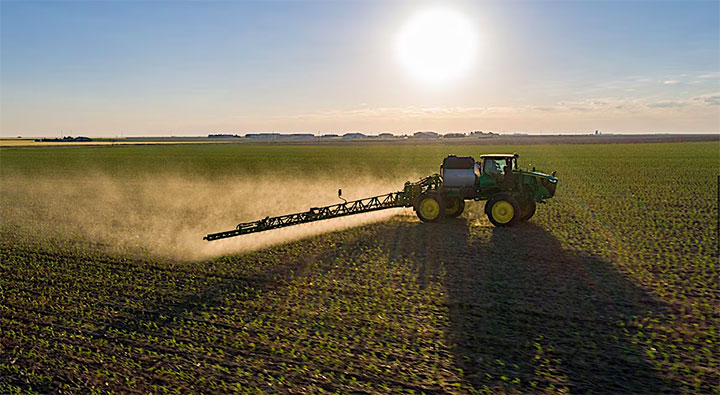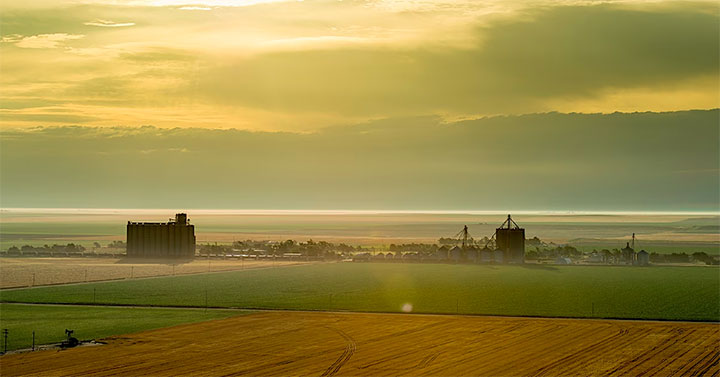 (Source: Deere & Co.)
(Source: Deere & Co.)
PARIS — Deere & Co.’s selection of SpaceX Starlink as its strategic partner to provide connectivity to Deere farm machinery in the United States and Brazil followed a vetting of 25-30 companies, including terminal builders, and in-field testing of many of them.
Deere announced the partnership on Jan. 16, but industry officials said the decision was made in November. That’s 14 months after Deere’s September 2022 request for industry proposals, but within the company’s announced schedule of an end-2023 decision and a commercially available product by the end of 2024.
Deere has about 1.5 million vehicles in service in the United States and Brazil. Of these, around 500,000 have terrestrial-wireless access already and may be less likely to purchase the satellite kit.
Deere’s cellular-connectivity model is to provide the modems integrated onto the equipment and to pay for the cellular data plans on its own, through bulk contract with mobile network operators or mobile virtual network operators.
It’s not clear what model Deere is using with Starlink. The company declined to answer detailed questions on the fee structure, whether there will be data caps and what it’s goals are for customer adoption after the limited release late this year. It also declined to say how many vehicles were expected to be fitted with the satcom gear at the outset.
In response to Space Intel Report inquiries, the company did that Starlink will be building the ruggedized terminals to be fitted onto the Deere equipment, but that it will be connected to a Deere 4G LTE JDLink modem to connect to the John Deere Operations Center. That suggests that Deere will be the sole interface for customers.
 Deere & Co. Chief Technology Officer Jahmy Hindman. (Source: Deere)
Deere & Co. Chief Technology Officer Jahmy Hindman. (Source: Deere)
“[W]e are bringing satellite communications to service the farm at scale so that farmers with cellular coverage challenges can maximize the value of connectivity to their operations,” Deere Chief Technology Officer Jahmy Hindman said in a statement on the choice of Starlink. “The Satcom solution unlocks the John Deere tech stack so every farmer can fully utilize their current precision agriculture technology in addition to the innovative new solutions they will deploy in the future.”
GEO-orbit satellite latency was not a show-stopper
Deere had set several deadlines for proposed bidders, one being that testing be ready by mid-2023, and that full commercial availability be assured for late 2024. The company said its throughput requirements — a few Mbps for both upload and download — eliminated the narrowband satellite-IoT players but did not eliminate operators of GEO-orbit satellites despite the higher latency.
A full second of round-trip latency with a GEO-orbit satellite was compatible with the use cases, Deere said.
 (Source: Deere & Co.)
(Source: Deere & Co.)
Deere had suggested at the time that it would like a combined GEO-LEO solution that could be provided by satellite operators making a joint bid, if only to add a backup solution in the event the primary service was do.
The size of Deere’s customer base and the time the company took to investigate the available options does not augur well for Starlink’s competitors. Other farm-machinery companies in the Americas will presumably be able to piggyback onto the Deere order and get lower unit prices on the Starlink terminals once the Deere-dedicated terminal line is in full production.
Deere had said during the evaluation process that the spread of 4G/5G terrestrial connectivity ultimately may reduce the take-up of the satellite link among its customers. But in some places, like Brazil, it would be more than a decade before stable cellular links were available throughout the huge Brazilian farms, some of them of more than 1 million acres.
